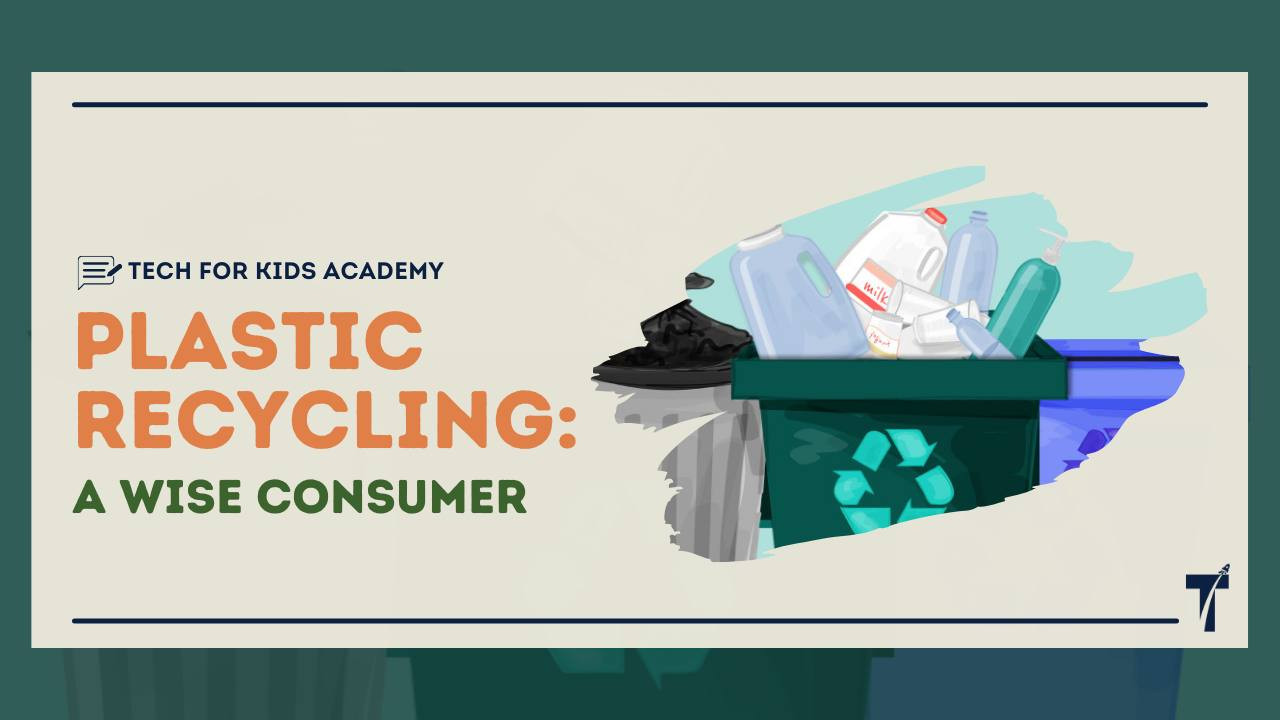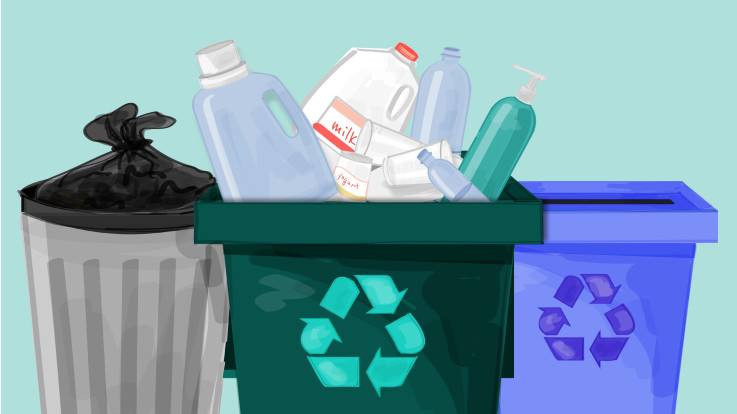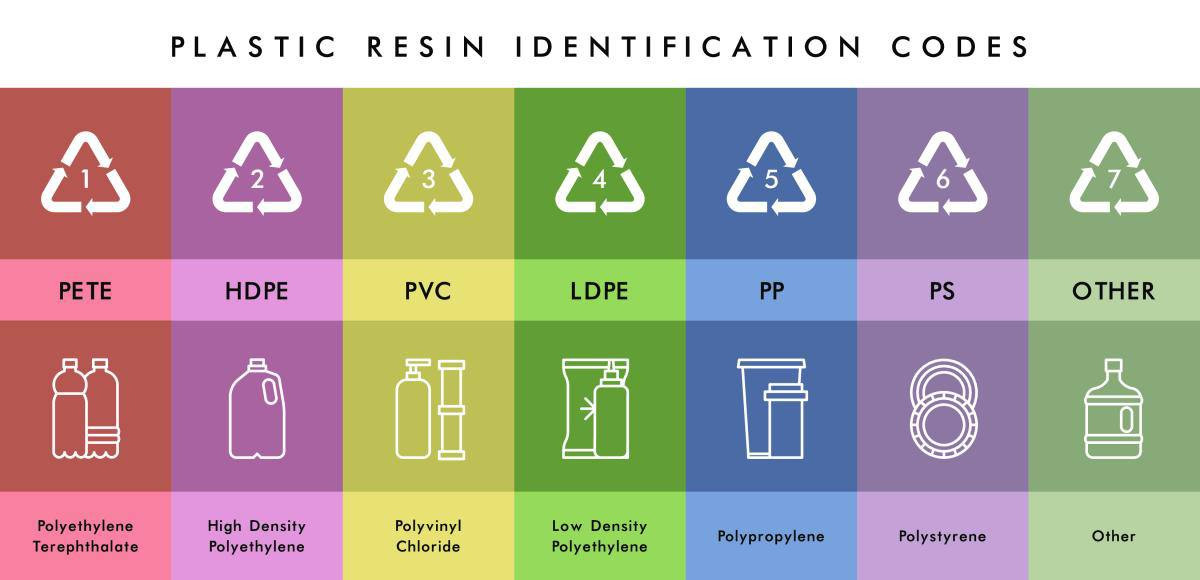
Around the world, one million plastic drinking bottles are purchased every single minute.
- UNEP, 2018

From household supplies to customer service, Plastic Consumption has been integral to our daily occurrence, and its proliferation in the last several decades has simply led humans to become unconsciously addicted when it comes to packaging choice.
For that reason, according to plasticoceans.org, we are producing about 380 million tonnes of plastic waste annually which currently outweighs the entire human population— 50% of that is for single-use purposes— utilized for a few moments and subsequently dumped in the landfill sites or oceans, and remaining thousands of years before decomposing; therefore, we necessitate plastic recycling.
Speaking of recycling, is it possible to recycle all types of plastic?
Unfortunately, it is not. Not all types of plastic can be harmlessly reused or recycled; for instance;
Plastic bottle: some are widely reusable
Plastic bag: barely recyclable
Straw: not recyclable
Your morning coffee cups: An eco disaster.
Plastic recycling is an intricate process and its success is contingent upon everyone involved from the product-designer to the daily consumers but, they somehow find it extremely difficult and perplexing to identify the recyclable types of plastic.
This is precisely why the environmentalists came up with Resin Identification Codes at the bottom of a bottle to categorize plastic and recycling possibilities based on its chemical materials and we as wise consumers need to know about it.
In a nutshell, regardless of how convenient, reusable, or recyclable each type of plastic can be, it does not indicate that we must consistently utilize it. The act of reusing and recycling does not alter the fact that our planet is severely drowning in plastic pollution and a staggering one million people have died every year due to microplastics within their organs.
To tackle it, the initial step starts with a wise consumer who knows how to reuse, recycle, reduce, and replace plastic.
